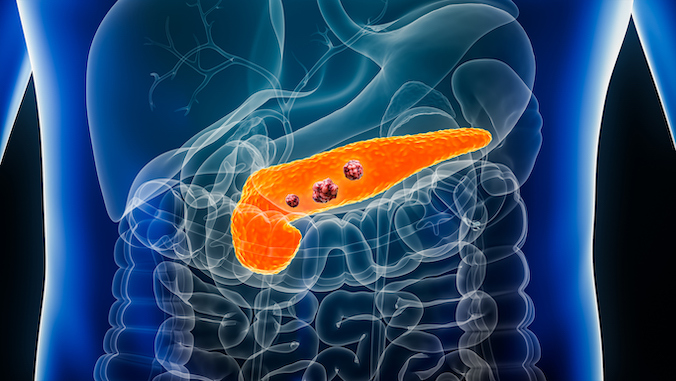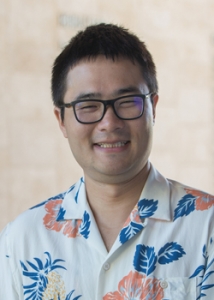

Pancreatic cancer is one of the deadliest cancers in Hawaiʻi, claiming an average of 201 lives each year and disproportionately affecting Native Hawaiians. The University of Hawaiʻi Cancer Center has secured a $3.4 million grant from the National Cancer Institute for a new study aimed at improving risk prediction and prevention.
The research, led by Associate Professor Lang Wu, will focus on uncovering the biological causes of pancreatic cancer and developing new tools to predict individual risk. Wu, who also directs the UH Pacific Center for Genome Research, is collaborating with experts nationwide to tackle critical gaps in understanding this highly lethal disease.
“We’ve made progress in understanding pancreatic cancer, but current risk prediction models are not as effective as they could be,” Wu said. “This study will help improve our knowledge of its causes and identify high-risk groups to enhance screening and prevention efforts. This research has the potential to make a real difference.”
Focus on risk prediction, underserved populations
The team will identify proteins linked to pancreatic cancer and integrate this data with genetic and lifestyle factors. Using advanced statistical methods, they aim to create and validate predictive models to better assess pancreatic cancer risk. Findings from the study could benefit underserved populations in Hawaiʻi and the Pacific, and diverse populations across the nation.
Pancreatic cancer often remains undetected until its later stages, which contributes to its high mortality rate. Hawaiʻi sees an average of 251 new cases annually, with Native Hawaiians experiencing higher rates of both incidence and mortality compared with other groups in the state. The UH Cancer Center provides specialized pancreatic cancer care led by Assistant Clinical Professor Elizabeth Nakasone at Pali Momi Medical Center.
“By better understanding the disease, we can work toward more effective prevention strategies,” Wu said.

